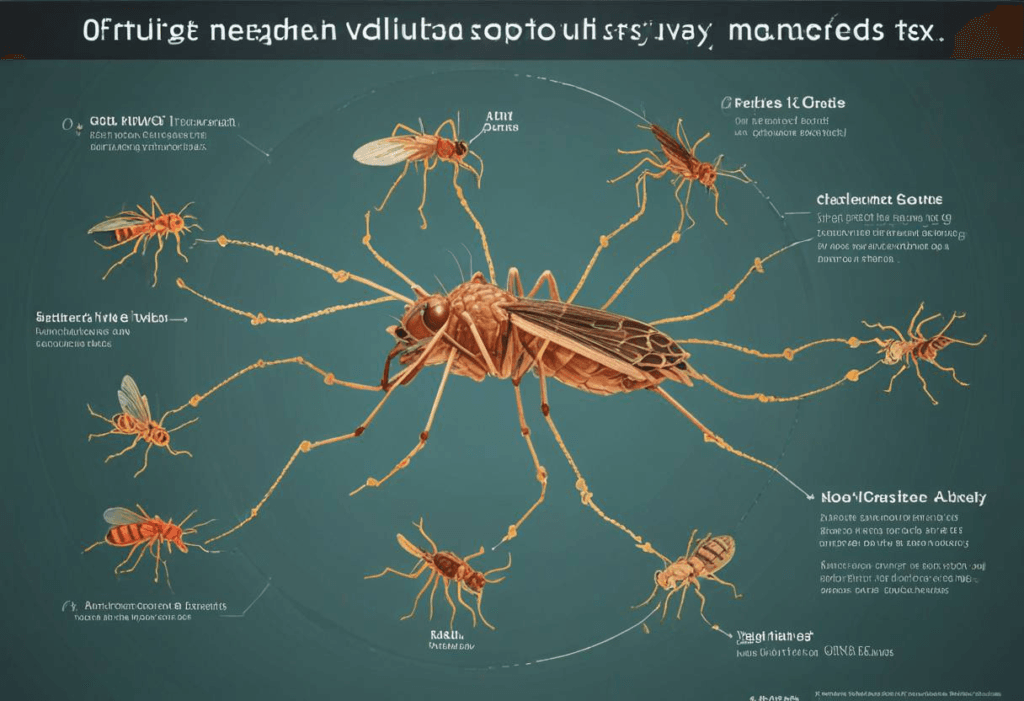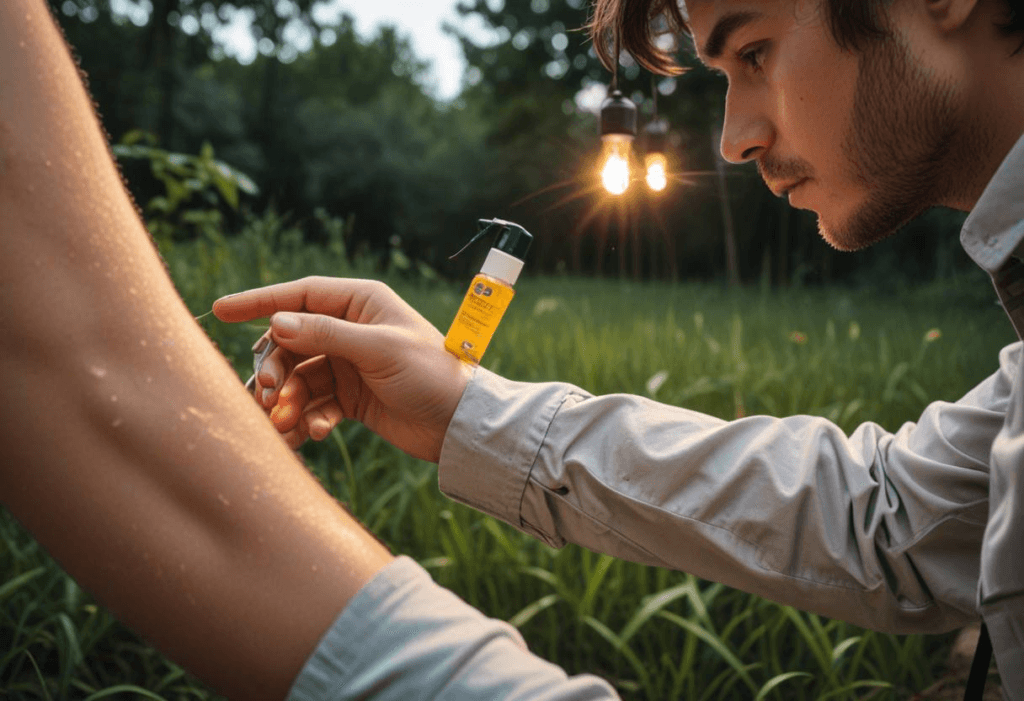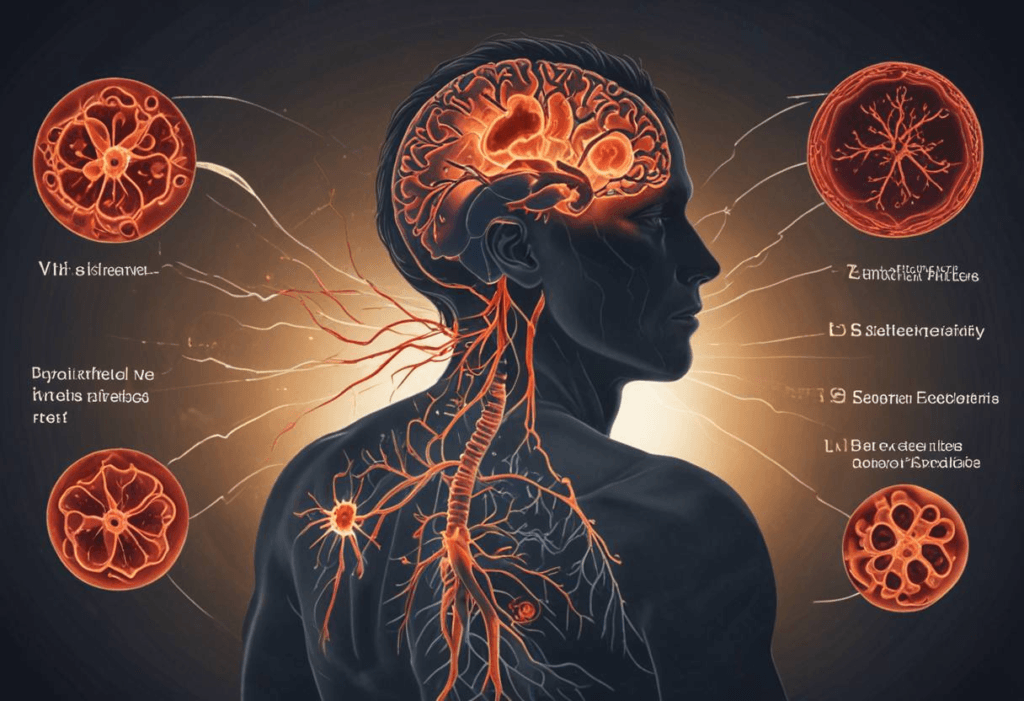Eastern Equine Encephalitis virus :

The Eastern Equine Encephalitis virus is a rare but deadly mosquito-borne illness that has recently garnered significant attention in the Northeast United States. A death recorded in New Hampshire, along with reports of additional cases in Vermont and Massachusetts, has heightened concerns about this virus. Both the Eastern Equine Encephalitis virus and EEE virus mosquitoes pose serious health risks, especially during peak mosquito season, making it crucial to understand these risks and take necessary precautions to protect yourself and your loved ones.
What is the Eastern Equine Encephalitis Virus?
The Eastern Equine Encephalitis virus, commonly referred to as the EEE virus, is significantly more lethal compared to other mosquito-borne viruses. For example, while West Nile virus has a fatality rate of around 10%, the Eastern Equine Encephalitis virus has a fatality rate of approximately 30%, with survivors often suffering long-term neurological complications. Certain mosquitoes, particularly the EEE virus mosquitoes, act as vectors that significantly contribute to the transmission of this virus through their bites.
The Eastern Equine Encephalitis virus is not contagious among people; infection occurs only through the bite of an infected mosquito. EEE virus mosquitoes are the primary carriers of this virus, making it essential to focus on prevention, primarily by avoiding mosquito bites.
Eli Lilly Expands Zepbound Availability: New Single-Dose Vials Hit the Market 2024
Recent Cases and Geographic Spread of Eastern Equine Encephalitis Virus

This year, the Eastern Equine Encephalitis virus has made a concerning comeback, with reported cases in New Hampshire, Vermont, and Massachusetts. In New Hampshire, an adult in Hampstead contracted the deadly Eastern Equine Encephalitis virus—the first case reported in the state since 2014. Vermont reported an infection in a man in his 40s from Chittenden County, who was hospitalized with the Eastern Equine Encephalitis virus; this was the first case in the state since 2012. Meanwhile, Massachusetts reported an elderly man, aged 80, who contracted the Eastern Equine Encephalitis virus, marking the first case in the state since 2020; the exposure occurred in Worcester County.
These cases serve as grim reminders of the risks posed by the Eastern Equine Encephalitis virus and its vector, the EEE virus mosquitoes. Massachusetts has a long history with the Eastern Equine Encephalitis virus, having reported approximately 115 cases since the virus was first detected in the state in 1938. To this day, EEE virus mosquitoes continue to be a significant problem in the state, particularly in the eastern and Gulf Coast regions.
How to Protect Yourself from EEE Virus Mosquitoes

The key to preventing infection is to avoid being bitten by infected EEE virus mosquitoes. Health experts recommend staying indoors during the early morning and late evening hours, which are prime times when EEE virus mosquitoes are most active. When outdoors, wearing protective clothing such as long trousers, long sleeves, and socks is advisable. Additionally, applying approved insect repellents to ward off EEE virus mosquitoes is crucial.
At home, preventing the entry of EEE virus mosquitoes can be achieved by ensuring that window screens are intact and tightly fitted to doors and windows. It’s also important to eliminate standing water around your property, as EEE virus mosquitoes breed in such environments. By removing potential breeding sites, you can significantly reduce the population of EEE virus mosquitoes near your home.
The Symptoms of Eastern Equine Encephalitis Virus

Although the Eastern Equine Encephalitis virus is rare, it is highly dangerous and potentially lethal. Most people infected with the Eastern Equine Encephalitis virus do not show symptoms; however, those who do may experience fever, chills, body aches, and joint pains. More severe neurological symptoms, such as meningitis or encephalitis (inflammation of the brain), may occur. These symptoms can include severe headaches, vomiting, diarrhea, seizures, and even coma.
Given the high fatality rate associated with the Eastern Equine Encephalitis virus, it is crucial to be vigilant in protecting yourself from EEE virus mosquitoes. The risk of infection persists until the first hard frost, which kills off the EEE virus mosquitoes. Until then, taking all possible precautions is the best way to avoid this deadly disease.
Community Responses to the EEE Virus Mosquitoes Threat

In response to the increased threat of the Eastern Equine Encephalitis virus, communities across Massachusetts have taken proactive measures to protect their citizens from EEE virus mosquitoes. This includes implementing curfews in cities such as Plymouth and Oxford, closing parks and fields from dusk until dawn to minimize exposure to EEE virus mosquitoes. These actions are part of a broader effort to reduce the risk of the Eastern Equine Encephalitis virus.
State health departments are also intensifying their efforts to control the populations of EEE virus mosquitoes through increased surveillance and spraying programs. By targeting areas most likely to harbor EEE virus mosquitoes, officials hope to curb the spread of the Eastern Equine Encephalitis virus.
Conclusion
The Eastern Equine Encephalitis virus is a serious health threat that should not be taken lightly. With the active spread of this potentially life-threatening disease by EEE virus mosquitoes, it is vital to stay informed and take all necessary precautions to safeguard yourself and those around you. By understanding the risks and following recommended safety measures, you can reduce your vulnerability to the Eastern Equine Encephalitis virus and ensure your safety during mosquito season.
